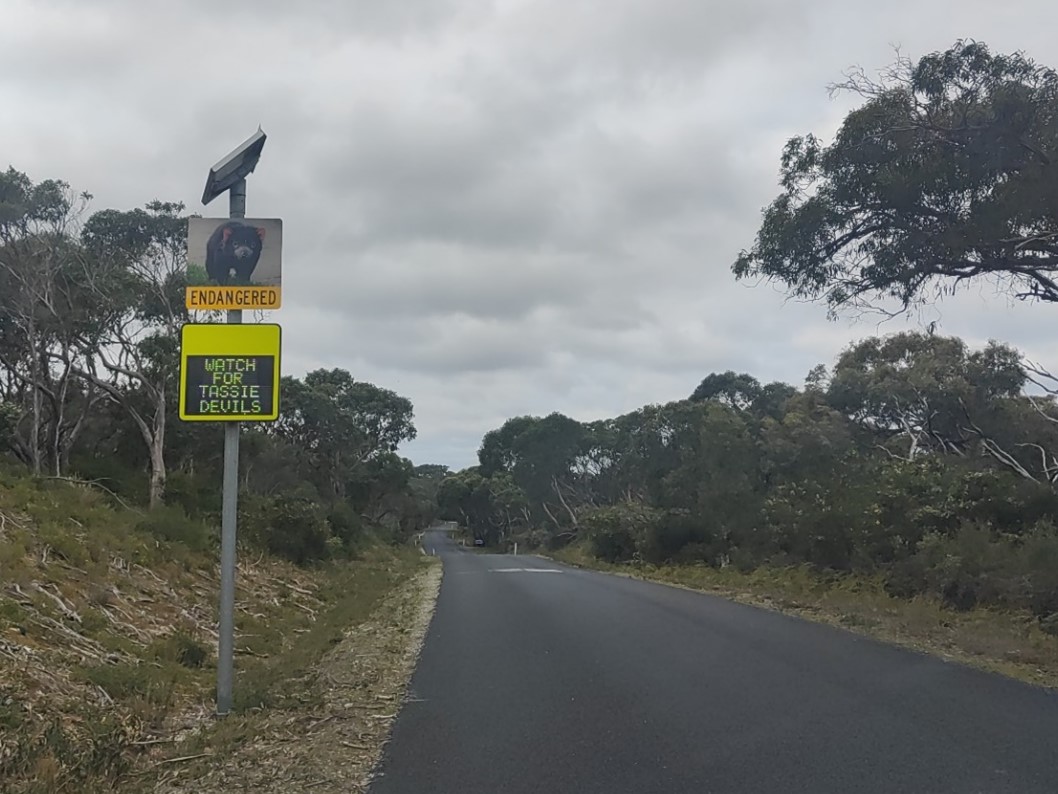What Is Shared Space?
David Sutcliffe was offered a fellowship by the Municipal Engineers Foundation (Vic) to take part in an international study tour and travelled with the Institute of Publics Works Engineers (IPWEA). At the conclusion of the IPWEA study tour he took the opportunity to visit the Netherlands to inspect and develop a better understanding of the concepts of shared space and evaluate them from an engineer’s perspective.
Shared space is an alternative urban design and traffic engineering approach where there is a need for safe high interaction of pedestrians, cyclists and vehicles. It is typically used in public spaces such as strip shopping centres, residential streets and public open space.
The Shared Space allows a mixed traffic environment of pedestrians, cyclists and motor vehicles where the various modes negotiate passage by eye contact.
Shared space is the alternative to separation of traffic from pedestrians and cyclists and domination of public spaces by motor cars, where pedestrians are relegated to defined and often infrequent road crossing points.
Shared space blurs the separation and provides an environment where pedestrians can walk across a road at any location.
Shared space is by nature a slow speed environment. Vehicles are able to stop and injury is unlikely. The reality is in most retail strip environments, vehicle speeds are low anyway moderated by turning and parking traffic..
Essential elements for effective shared space –
Some key elements of shared spaces are:
- Prominent entrance thresholds – absolutely essential to alert drivers they are entering shared space. Ideally this is a well-defined vertical rise (ramp), but could be a road alignment change, a specific paving treatment or landscaping treatment. The key here is the motorist has no doubt they are in a different type of space.
- Flush (or no) curbs to providing a level environment from building line to building line providing the sense equality for pedestrians in the space. The level environment is ideal for all pedestrian but particularly the aged and disabled. Delineation of road edges and parking areas can be by landscaping, street furniture and bollards
- Reduced car parking along the edges of the trafficable area. This may be no parking or intermittent parking. The objective being to avoid a wall of parked cars blocking the path of pedestrians and obstructing the view of pedestrians.
- The creation a 20 kph to 30 kph speed environment. Essential to reinforce the low speed environment to enable vehicles to stop without injuring pedestrians.
- Curve linear alignment is recommended by many to control speeds. Any curves or obstructions will still need to meet requirements for normal vehicle turning paths for the designed speed zone and avoidance of creating conflict points is important.
Local statutory requirements also need to be followed including for example advanced warning signs of the shared space and speed restriction signs as appropriate.
In a well-conceived shared space implementation, pedestrian crossings should not be needed, however the experience in the Netherlands in the early days of shared space implementation was communities often demand marked pedestrian crossing points, possibly providing a degree of reassurance.
Shared space is not for the faint hearted
Experience with most traffic management is there is often significant negative feedback from motorists frustrated by losing dominance over the road space and being required to slow down. Often the impact on motorists is more perception than reality. This will be particularly acute in communities first encountering traffic management and shared space concepts.
On the other hand, from experience, pedestrians and cyclists provide little or no feedback. Equity demands a road authority ensure a balance is struck which in itself is likely to impinge on the demands of motorists given most environments have been enhanced for motor vehicles.
Further Reading:



